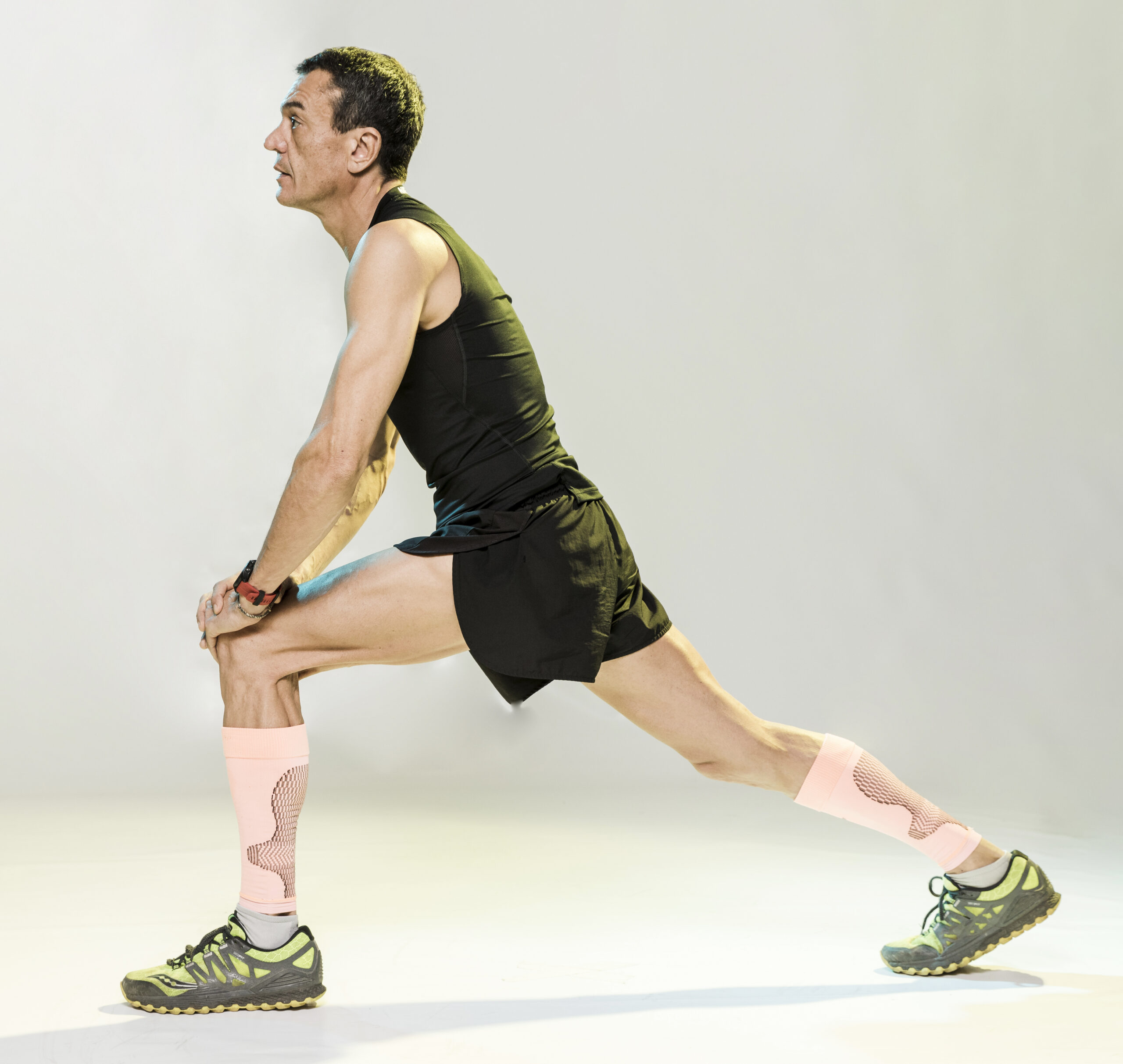Living and working today is far more challenging when it comes to both the performance of the mind and the body. As to the substantial facilitators of increasing both of these aspects of health, it is possible to name aerobic exercising as one of the most efficient and available ones. Also called cardio, aerobic activities raise your heart rate and help to develop your cardiovascular system. In any case, whether it’s necessary to enhance the concentration ability of your mind or the strength of your body, aerobic exercise can have several positive effects.
In this blog, I’ll focus on discussing the specific effects of aerobic exercise on the human body. We will look at the facts regarding the benefits of aerobic distribution, different types of aerobic exercises, and tips on developing the right exercise regime that contributes to a better quality of life.

Table of Contents
What is Aerobic Exercise?
What Is Aerobic Exercise? It is a necessary step to define simply what aerobic exercise means before explaining its advantages. Aerobic exercise consists of any activity which raises the heart rate or your breathing rate. These exercises incorporate the massive muscles and are generally upheld for the longest period. These are walking, jogging, cycling, swimming, and dancing among others are among the common forms of aerobic exercises that are widely practiced.
The main element of aerobic exercise is that during physical activity muscles of the human body are fuelled by the oxygen available in the body. This is the reason the kind is known as aerobic exercise –literally, ‘with oxygen’. While engaging in aerobic exercise, your heart rate increases, and your lungs will process more to provide that much-needed oxygen to the muscles. In the long run, this enhances cardiovascular, muscle, and general brain endurance and efficiency.
The Benefits of Aerobic Exercise for Mental Clarity
While most people associate aerobic exercise with physical health, its benefits for mental clarity are just as significant. Let’s take a closer look at how aerobic activity can positively impact your brain function.
1. Improves Brain Function and Memory
Some studies suggest that aerobic exercise helps memory in this way since physical activity produces new neurons in the human brain. Aerobic exercises are fundamental to memory, learning, and problem-solving abilities in individuals. For instance, it is stated that aerobic exercise adds up to the level of brain-derived neurotrophic factor (BDNF) that is critical in the structuring of the brain along with memory.
2. Reduces Stress and Anxiety
The authors conclude that the effects of aerobic exercise can even manifest itself in the first five minutes, several crucial mental health benefits include a reduction of stress and anxiety. Exercise raises levels of endorphins within the body and as is commonly known endorphins are known as the ‘feel good’ hormones. Because these chemicals assist in reducing anxiety, and courses of stress, you will be more comfortable, relaxed, and have a clear mind.
Incorporating aerobic exercise into your daily routine can significantly reduce the effects of stress and improve your ability to focus on tasks, even in high-pressure situations.
3. Boosts Mood and Fights Depression
Apart from overall stress, aerobic exercise has also been known to minimize cases of depressants. When doing activities like running, swimming, or cycling, the body will automatically produce some chemicals that can fight sadness and lethargy.
Some research shows that at least 20 to 30 minutes of aerobic exercise can be as helpful for mild to moderate depression as therapy or medication. If you find that you’re in a bad mood or your mind is foggy, doing some kind of aerobic exercise and raising your heart rate will work wonders to help your mood.
4. Enhances Sleep Quality
Sleep and wakefulness are known to be incompatible states that are usually well correlated to each other. Failure to have adequate sleep rest means you are likely to be overwhelmed by a blur of mental fog when you are awake. Through aerobic exercise, it is identified that the quality of sleep is enhanced because people who exercise regularly can fall asleep faster and have a very deep and sound sleep.
Getting adequate sleep benefits the clarity of the mind proportionately. They ensure you are more creative during work-related activities, as they reduce the complications related to sleepless nights. And this generates a virtuous cycle because when you sleep well your thinking improves and you are more likely to do aerobic exercise.
The Benefits of Aerobic Exercise for Physical Endurance
While aerobic exercise provides numerous mental health benefits, it also plays a key role in enhancing physical endurance. Let’s examine some of the physical benefits that aerobic exercise offers.
1. Improves Cardiovascular Health
Aerobic exercise is believed to deliver many positive effects and one of them is known to be the build-up of the heart and lungs. You know the feeling when you are jogging, cycling, or swimming, your heart has to beat faster in order to push blood to all parts of the body. It also helps in the long run to build up the health of the heart, and the blood vessels and helps prevent the occurrence of heart disease.
A stronger heart can pump more blood with each beat, improving overall cardiovascular efficiency and endurance. This makes physical activities feel easier over time as your body becomes more adept at handling aerobic demands.
2. Increases Muscle Endurance
Aerobic fitness exercise enhances the oxygen supply to your muscles which in turn enhances their endurance. When you constant your cardiovascular system you get better delivery of oxygen to the muscles and hence they work for longer periods before being exercised. This increased endurance is most beneficial for running or cycling but can also be used when climbing stairs or even just lugging groceries up to the house.
Over time, you’ll notice that you can push yourself further in physical activities without getting tired as quickly. This increase in physical endurance can have a major impact on your overall health and quality of life.
3. Helps with Weight Management
While aerobic exercise is not the only factor in weight management, it plays a significant role in helping you burn calories and maintain a healthy weight. When combined with a balanced diet, aerobic exercise can promote fat loss and improve body composition.
By increasing the amount of calories burned during exercise, aerobic exercise helps you achieve a caloric deficit, which is necessary for weight loss. Additionally, engaging in regular aerobic activity boosts your metabolism, making it easier to maintain a healthy weight over time.
4. Boosts Immune System Function
Aerobic exercise has been shown to improve the immune system by increasing the circulation of immune cells throughout the body. This makes your body more efficient at fighting off infections and illnesses. In addition to boosting immune function, regular aerobic exercise can help reduce inflammation, a contributing factor to many chronic diseases.
Types of Aerobic Exercise
To get the most out of your aerobic exercise routine, it’s essential to engage in a variety of activities. Here are some popular types of aerobic exercise you can incorporate into your routine:
1. Walking and Hiking
Walking is one of the easiest and most accessible forms of aerobic exercise. Whether you’re strolling around your neighborhood or hiking on a trail, walking helps improve cardiovascular health and mental clarity. Hiking, in particular, can challenge your endurance, especially if you’re trekking on steep or uneven terrain.
2. Running and Jogging
Running and jogging are great ways to boost physical endurance. These high-intensity forms of aerobic exercise help improve heart health, lung capacity, and muscle endurance. Plus, they’re known for their mood-boosting benefits, helping to clear your mind and relieve stress.
3. Cycling
Cycling, whether outdoors or on a stationary bike, is another excellent form of aerobic exercise. It engages multiple muscle groups and is easy on the joints, making it a great option for people of all fitness levels.
4. Swimming
Swimming is a full-body workout that offers both aerobic and resistance training benefits. It’s a low-impact exercise that improves endurance, flexibility, and cardiovascular health, while also being gentle on the joints.
5. Dancing
Dancing is a fun way to engage in aerobic exercise while also boosting your mood. Whether it’s ballroom dancing, Zumba, or simply dancing to your favorite music at home, dancing helps improve coordination, balance, and cardiovascular health.
How to Get Started with Aerobic Exercise
If you’re new to aerobic exercise, don’t worry—it’s easy to get started! Here’s a simple step-by-step guide:
- Start Slow: If you’re new to exercise, start with light activities like walking or cycling for 15-20 minutes a few times a week. Gradually increase the duration and intensity as your endurance improves.
- Set Goals: Set achievable goals, such as walking 10,000 steps a day or cycling for 30 minutes without stopping. Tracking your progress will help you stay motivated.
- Mix It Up: To keep things interesting and prevent burnout, vary the types of aerobic exercise you do. For example, alternate between walking, swimming, and cycling.
- Stay Consistent: Aim to engage in aerobic exercise for at least 150 minutes a week, spread across several days. Consistency is key to reaping the mental and physical benefits.
- Listen to Your Body: If you feel pain or excessive fatigue, take a break. Always warm up before exercising and cool down afterward to prevent injury.
Conclusion
Fitness experts have noted that exercising with the aim of getting a sweat is actually one of the most beneficial things one can do for his or her brain as well as the body. Not only does it help develop tissues of your heart muscles, but it also sharpens your brain, relieves stress, and puts you in a good mood. Whether the goal is improved cognitive function, endurance, or physical self, aerobic exercise can provide the solution.
